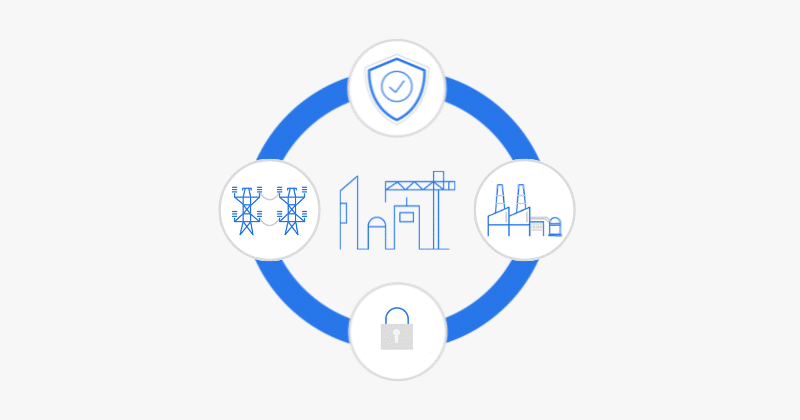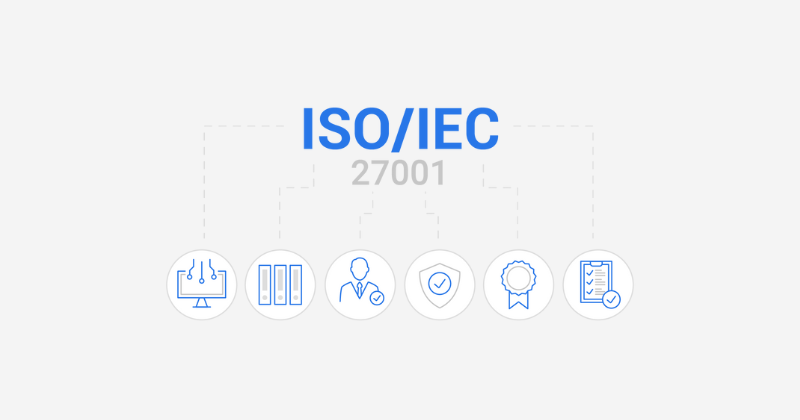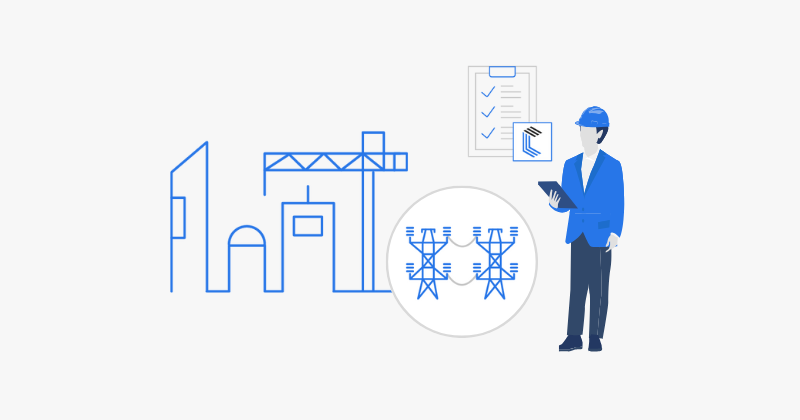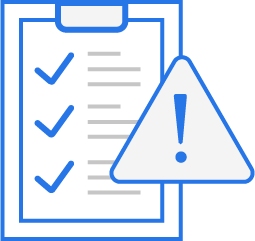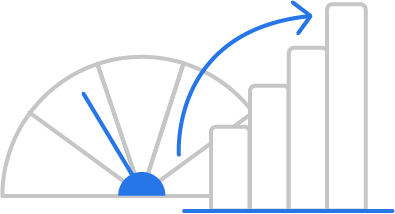The Need for Proactive NERC CIP Cybersecurity
Think of the electric power sector as the very heart of our modern world. It keeps the lights on, powers our businesses, and fuels our lives. Now, imagine that heart under constant threat. That’s the reality of cybersecurity for the electric power sector, subject to North American Electric Reliability Corporation Critical Infrastructure Protection (NERC CIP) standards. Relying solely on security patches is like wearing a band-aid on a deep wound – it simply isn’t enough! Organizations subject to NERC CIP must move beyond mere compliance and embrace a holistic, proactive approach to cybersecurity. We’re talking about implementing robust risk management strategies, achieving continuous visibility across their operational environments, and cultivating a pervasive cybersecurity culture. Just the implementation of one control, the installation of one set of patches, will not protect key assets and information long term.
This article, drawing upon over 20 years of experience in the IT industry focusing on cybersecurity, explores real-world NERC CIP risk management strategies. Consider it a roadmap to help you move beyond that “check-the-box” compliance mentality and build a truly secure and resilient Bulk Electric System (BPS).
The Limitations of Patch-Centric Security: Why Patching Alone Isn’t Enough
Patching is undeniably fundamental, like regularly changing the oil in your car. But your car needs more than oil changes to keep running smoothly, right? Let’s explore why patching alone falls short in the world of NERC CIP:
- The Ever-Expanding Threat Landscape: Imagine a hydra – cut off one head, and two more grow back. New vulnerabilities are discovered daily, making reliance on static patches a constantly losing battle. The Verizon 2024 Data Breach Investigations Report emphasizes the importance of basic security practices. As a 2023 report by Dragos, Inc. noted, more and more threat actors are targeting ICS vulnerabilities. A proper plan accounts for the constantly changing threat landscape.
- The Complexity of the BPS: The Bulk Electric System is a complex web of interconnected assets, a bit like a city’s electrical grid itself. Ensuring patches are applied consistently and without unintended consequences becomes a major logistical challenge. Many pieces of legacy equipment may not even have a known patch.
- Operational Impact: Patching can require system downtime, potentially disrupting critical operations. It’s a delicate balance, much like performing surgery – you need to heal the patient, but without causing undue harm.
- Vendor Dependence: Relying solely on vendor-supplied patches puts your organization at the mercy of vendor timeliness and patch quality. It is like trusting one builder to construct your entire house without any oversight. What happens if that builder gets acquired, changes their practices, or simply drops the ball?
NERC CIP: Demanding a Multi-Faceted Approach (Referencing CIP-013-2)
NERC CIP standards mandate a multi-faceted approach to securing the BPS. While patching is addressed in standards like CIP-007-7, a truly resilient strategy also requires:
- Supply Chain Risk Management (CIP-013-2): Addressing risks associated with vendors and suppliers involved in the development and maintenance of BPS Cyber Systems. CIP-013-2 states “[Each Responsible Entity shall] implement and maintain a documented supply chain cybersecurity risk management plan, that includes documented process(es) for: risk assessment, notification, incident response, verification of software integrity, and controls for remote access.”
- Access Management (CIP-004-7): Implementing robust access controls to limit who can access critical systems and data to only authorized users.
- Configuration Change Management (CIP-010-4): Managing changes to system configurations to prevent unauthorized modifications.
- Incident Response (CIP-008-6): A well-defined plan for responding to cyber incidents; that isn’t the entire story of protection and detection.
Best Practices for Proactive Risk Mitigation: Key Strategies for Enhanced Security
Going beyond NERC CIP is critical to creating a proactive plan. Consider the following items:
- The “Broken Windows” Theory: Think of the “Broken Windows” theory from social science. A well-maintained environment signals to attackers that a system is closely monitored. By addressing minor vulnerabilities and maintaining an organized and updated network, you deter more sophisticated attacks. This sends a clear message that you have control of your environment.
- Network Segmentation is Key: Prevent an attack by dividing your network into segments to keep data controlled. By establishing clear boundaries and access controls, you reduce the lateral movement of attackers within the BPS.
- Threat Modeling for the long term: Implement better security and threat detection with threat models that identify most important long term controls. Threat models are living documents that adapt to any situation as the threat landscape expands.
- Maintain an Up-To-Date Risk Registry: Using a risk registry is not only beneficial to your organization, but it is key for clear and precise communications with NERC auditors. This requires proper planning and allocation of resources.
- Routinely Audit Remote Access: It is important for organizations to limit remote access for a number of reasons. Auditing helps provide a picture of who has access, and how to continue planning. You need to:
- Limit Remote Access
- Enforce MFA
- Review and audit logs.
- Create a Culture of Security: Cybersecurity is more than a plan on paper. It requires buy-in and continued focus to minimize internal and external issues. A true cybersecurity culture involves:
- Knowledgeable teams
- Constant training
- Executive understanding
The Future Horizon: A 360-Degree Look at Cybersecurity
As the energy sector accelerates its transformation, a multi-faceted approach that anticipates future trends becomes even more vital. This includes:
- Adapting to Next-Generation Threat Landscapes: The attack surface is constantly expanding, and threat actors are becoming more sophisticated.
- Actionable steps: Regularly review and update threat models and adapt security controls to address new and emerging threats, such as AI-powered attacks and supply chain vulnerabilities.
- Incorporating Advanced Technologies: As the energy sector increasingly adopts AI, cloud computing, and IoT technologies, cybersecurity must evolve to secure these complex environments.
- Actionable steps: Invest in skilled professionals and technologies to implement Zero Trust (ZT); use data to build models.
- Harmonizing Security with Emerging Regulatory Frameworks: New cybersecurity regulations and guidelines are constantly being developed. Staying ahead of these changes is crucial for compliance and resilience.
- Actionable steps: Join relevant industry groups and threat-sharing platforms to learn about all updates to the regulation.
- Proactive Mitigation: Planning for the future involves taking current data into account when planning long-term risk-mitigation strategies. The best plans will know what to do and implement those procedures.
- Expanding Workforce Options: There is a limited available cybersecurity workforce that you can acquire. However, to meet the new challenges that cybersecurity present, consider the following:
- Internal Training and Hiring: Create a proactive cyber-security position and train team members to fill the position through a plan.
- Consultant Hiring: Work with consultant organizations that has the expertise to fill the needs of these plans.
- Automation: Where possible, automate cyber security to give the company the extra hands it needs to be at the top of its cybersecurity posture.
This more future-focused section will better prepare the article to have a larger impact.
A Real-World Risk Management Lifecycle: Practical Security Plan Examples
To improve your NERC CIP posture, the best way to start is by implementing a proactive cybersecurity plan. Think of it as a continuous cycle, a journey rather than a destination. Here’s a glimpse of that lifecycle, with specific examples tailored to the energy sector:
- Identify: Understand the critical assets. It is like assessing land before building a house. This involves a thorough inventory and documentation of all Bulk Electric System (BPS) assets, including for example conducting regular site walkdowns to visually confirm asset details and locations.
- Assess: Identify risks using a solid framework. Leverage a recognized framework like the NIST Risk Management Framework (RMF) to identify potential vulnerabilities. This could mean for example using threat intelligence feeds specific to the energy sector to identify emerging threats targeting BPS equipment.
- Protect: Build up your defenses – Ensure only traffic necessary is allowed and have a detailed analysis and add controls: You have a model, so what protections and systems can be changed? Security measures to include implementing network segmentation to limit the impact of a potential breach like creating VLANs to isolate critical control systems from the rest of the network.
- Detect: Know when you are attacked – Implement continuous monitoring to catch incidents, for example deploying Intrusion Detection Systems (IDS) and Security Information and Event Management (SIEM) solutions configured to detect anomalous network activity and suspicious behavior on critical systems.
- Respond: Don’t hesitate to respond – Create and consistently practice incident response capabilities with specific steps like developing incident response playbooks that outline specific steps to contain, eradicate, and recover from various types of cyber incidents, such as ransomware attacks or unauthorized access.
- Recover: Get back to normal using a robust, tested plan This involves establishing procedures for system recovery, including data restoration from backups, system reimaging, and failover to redundant systems like maintaining regular backups of critical system configurations and data, and periodically testing the restoration process to ensure backups are viable.
Conclusion: Empowering a Secure and Resilient Energy Future
NERC CIP compliance isn’t just about ticking boxes—it’s about building a resilient cybersecurity posture that safeguards the BPS. It is like investing in a strong foundation for a building that can withstand any storm. By embracing a real-world risk management lifecycle, fostering a culture of security, leveraging AI and Zero Trust frameworks, and staying vigilant against evolving threats, organizations can effectively protect critical infrastructure and ensure reliable energy delivery for years to come. Each company within the electric utility sector must invariably take the necessary steps to plan, implement, and analyze these security techniques and procedures.


